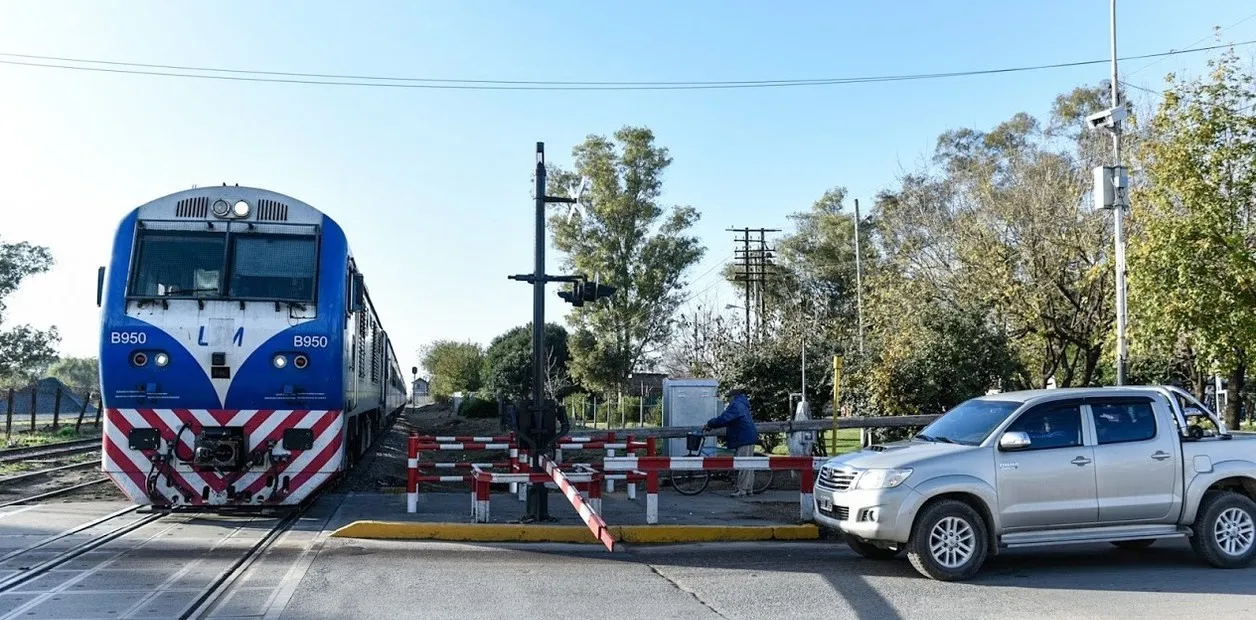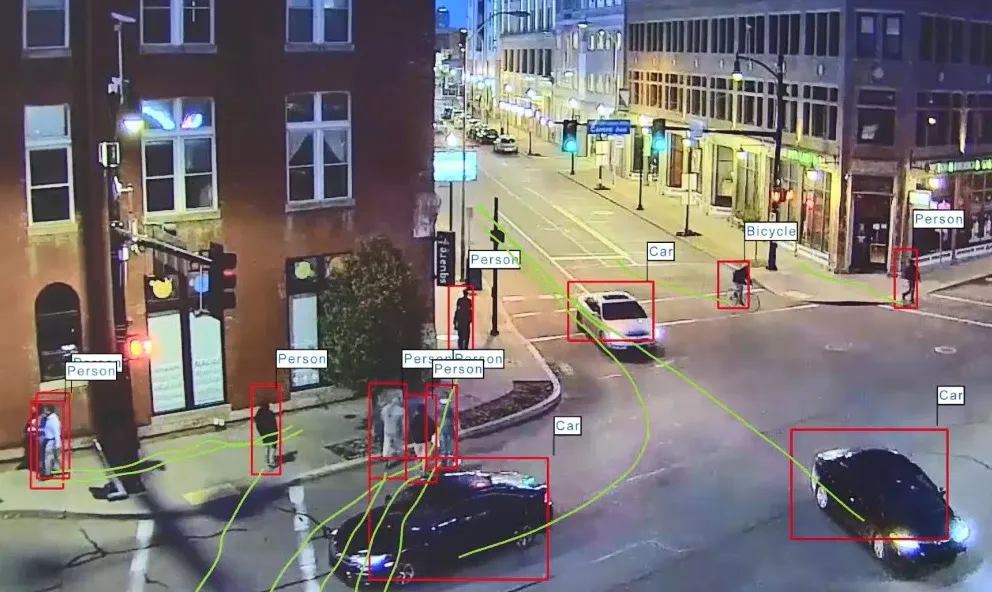
Tattile is involved in what the company says is the first automatic licence plate recognition (ALPR) technology-supervised railroad crossing in Argentina.
Authorities in the city of Pilar in Argentina say that, on average, 60 vehicles per day crossed the unsupervised railroad crossing on the San Martìn railway - including when the train barriers were closed, and a train was already approaching.
Rail company Trenes Argentinos and the municipality of Pilar are now using a Tattile Vega Smart Red Traffic Light ALPR camera, which is activated each time the barrier closes.
It takes a picture of each vehicle crossing when the gate is down and documents the number plate for the authorities, which can issue fines up to $13,000.
The camera-based crossing enforcement system also warns Trenes Argentinos of any signal malfunction so that staff can be put on the ground to enable drivers to cross the intersection safely.
It is planned to extend this ALPR technology to other sites in Argentina, including Moròn, Tres de Febrero, Quilmes and San Miguel to reduce incidents.









